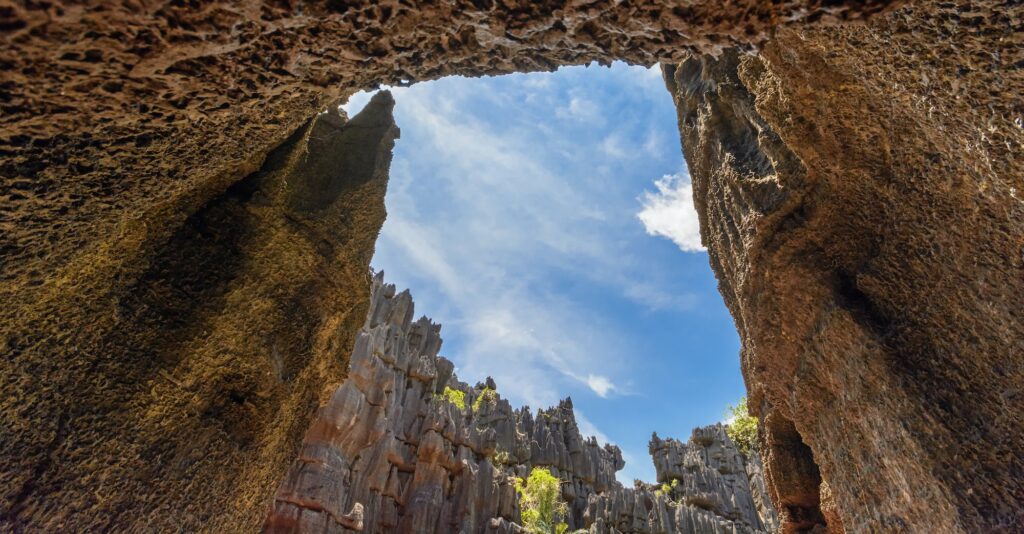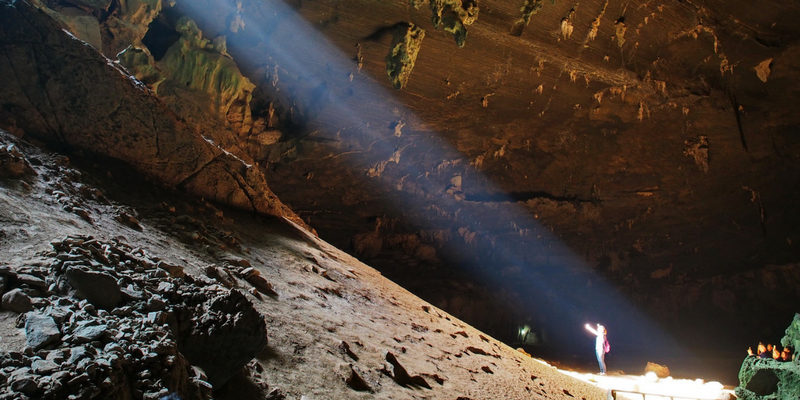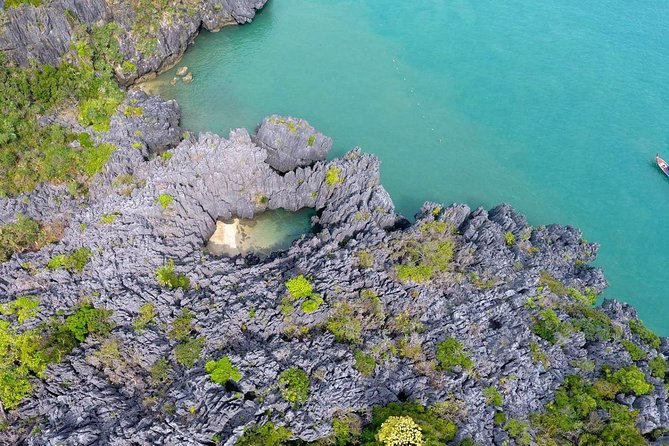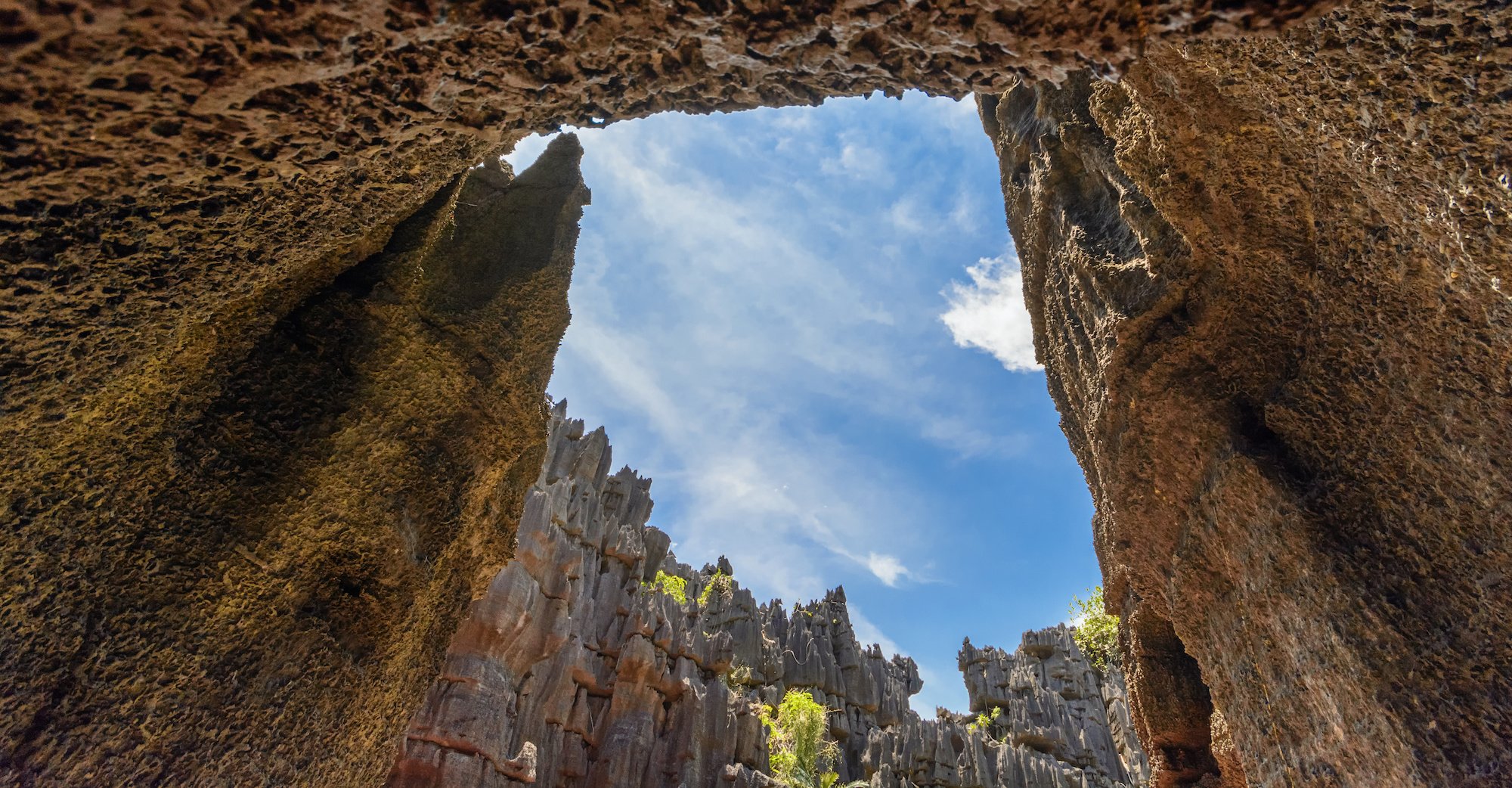Have you ever wondered what lies beyond the crowded streets and bustling cities of Thailand? Well, get ready to embark on a journey through Thailand’s UNESCO Geoparks with awe-inspiring natural wonders and a rich cultural heritage. In this article, we will take you on a virtual tour of these hidden gems and explore the unique experiences they offer. So, sit back, relax, and let’s dive into the wonders that await you in Thailand’s Geoparks.
Thailand’s UNESCO Geoparks are a treasure trove of natural beauty and cultural significance. These geoparks, recognized by the United Nations Educational, Scientific and Cultural Organization (UNESCO), showcase the country’s diverse landscapes, from majestic mountains to pristine rivers and mysterious caves. Each geopark offers a unique experience, allowing you to immerse yourself in the wonders of nature and learn about the rich history and traditions of the local communities.
From the towering peaks of Khao Sok National Park to the fascinating rock formations of Phang Nga Bay, Thailand’s geoparks offer a wide range of activities for nature lovers and adventure enthusiasts alike. You can go on thrilling hikes through lush rainforests, paddle along tranquil waterways, or even explore ancient caves with hidden treasures. Whether you’re seeking a peaceful retreat or an adrenaline-pumping adventure, these geoparks have something for everyone.
In the upcoming article, we will delve deeper into each of Thailand’s UNESCO Geoparks, revealing the hidden gems and must-visit destinations within each park. You will discover the best trails for hiking, the most spectacular viewpoints for photography, and the unique cultural experiences that await you. So, get ready to explore the wonders of Thailand’s geoparks and unlock the secrets of these natural wonders. Stay tuned for an unforgettable journey through Thailand’s UNESCO Geoparks!
Overview of Thailand’s UNESCO Geoparks
Thailand is a country known for its rich natural and cultural heritage. It is home to several UNESCO World Heritage Sites, including its famous temples and historical landmarks. However, there is more to Thailand than just its temples and palaces. The country is also home to several UNESCO Geoparks, which are recognized for their unique geological features, rich biodiversity, and cultural significance.
What are UNESCO Geoparks?
UNESCO Geoparks are areas that are recognized for their geological heritage, which includes unique rock formations, volcanic landscapes, ancient coral reefs, caves, and karst topography. These areas are not only important for their geological significance but also for their biodiversity and cultural heritage. UNESCO Geoparks promote sustainable tourism and conservation efforts, allowing visitors to experience and learn about the Earth’s history.
Why are they significant for Thailand?
Thailand’s UNESCO Geoparks are significant for several reasons. Firstly, they showcase the country’s diverse geological features, which have been shaped over millions of years. These geoparks serve as living laboratories, providing valuable insights into the Earth’s history and evolution. Secondly, they are important for their rich biodiversity and cultural heritage, which contribute to the country’s identity and cultural tourism. Lastly, UNESCO Geoparks promote sustainable tourism practices, ensuring that these natural and cultural treasures are preserved for future generations.
How many UNESCO Geoparks does Thailand have?
Currently, Thailand has three UNESCO Geoparks. These geoparks are spread across the country, allowing visitors to explore different regions and experience their unique geological features, biodiversity, and cultural heritage. The three UNESCO Geoparks in Thailand are:
-
Satun UNESCO Global Geopark: Located in the southwestern part of Thailand, Satun UNESCO Global Geopark is known for its ancient coral reefs, limestone cliffs, and mangrove forests. This geopark is home to diverse marine life, including endangered species like sea turtles and dugongs. It also preserves the cultural heritage of the indigenous Chao Leh community.
-
Sukhothai UNESCO Global Geopark: Situated in the northern part of Thailand, Sukhothai UNESCO Global Geopark is famous for its unique rock formations, volcanic landscapes, and archaeological sites. Visitors to this geopark can explore ancient ruins, temples, and learn about the region’s rich history and cultural traditions.
-
Phu Kradueng UNESCO Global Geopark: Located in the northeastern part of Thailand, Phu Kradueng UNESCO Global Geopark is known for its breathtaking landscapes, including mountains, waterfalls, and forests. This geopark offers hiking and trekking trails, allowing visitors to immerse themselves in nature and witness its rich biodiversity.

Geological Features of Thailand’s Geoparks
Thailand’s geoparks are renowned for their unique geological features, each offering a different glimpse into the Earth’s history.
Unique rock formations
Thailand’s geoparks boast an array of unique rock formations, including towering cliffs, limestone karsts, and granite boulders. These formations have been shaped by natural processes, such as erosion and tectonic activity, over millions of years. Visitors can marvel at the intricate patterns and colors of the rocks, which tell a story of the Earth’s ancient past.
Volcanic landscapes
Some of Thailand’s geoparks showcase volcanic landscapes, with remnants of ancient volcanic eruptions. The volcanic activity has left behind interesting features like lava flows, volcanic cones, and crater lakes. These landscapes provide valuable insights into the geological processes that shaped the region and continue to influence its natural environment.
Ancient coral reefs
Thailand’s geoparks are home to ancient coral reefs, which are now preserved as limestone formations. These reefs offer a glimpse into the country’s marine history and the changing sea levels over time. Visitors can explore these reefs through snorkeling or diving, witnessing the diverse marine life that calls them home.
Caves and karst topography
Thailand’s geoparks also feature an extensive network of caves and karst topography. These underground wonders are formed by the dissolution of limestone, creating intricate cave systems, underground rivers, and stunning stalactites and stalagmites. Exploring these caves provides a unique adventure and a chance to witness the beauty of nature’s sculpting.

Biodiversity in Thailand’s Geoparks
Thailand’s geoparks are not only rich in geological features but also harbor a diverse range of flora and fauna.
Rich flora and fauna
The geoparks in Thailand support a wide variety of plant and animal species. Their diverse habitats, including rainforests, mangroves, and coral reefs, provide a home for countless species. Visitors to the geoparks can encounter exotic plants, such as orchids and carnivorous pitcher plants, as well as rare and endangered animals, including elephants, tigers, and gibbons.
Endemic species
Thailand’s geoparks are also known for their endemic species, which are found nowhere else in the world. These unique species have adapted to the specific environmental conditions of their geopark, making them highly valuable in terms of biodiversity conservation. By visiting these geoparks, you have the opportunity to witness these rare and remarkable species in their natural habitats.
Conservation efforts
Thailand’s geoparks play a crucial role in the conservation of the country’s biodiversity. They serve as protected areas, safeguarding vulnerable ecosystems and providing a refuge for endangered species. These geoparks also promote sustainable tourism practices, ensuring that visitors can enjoy the natural beauty of the areas without harming the environment.

